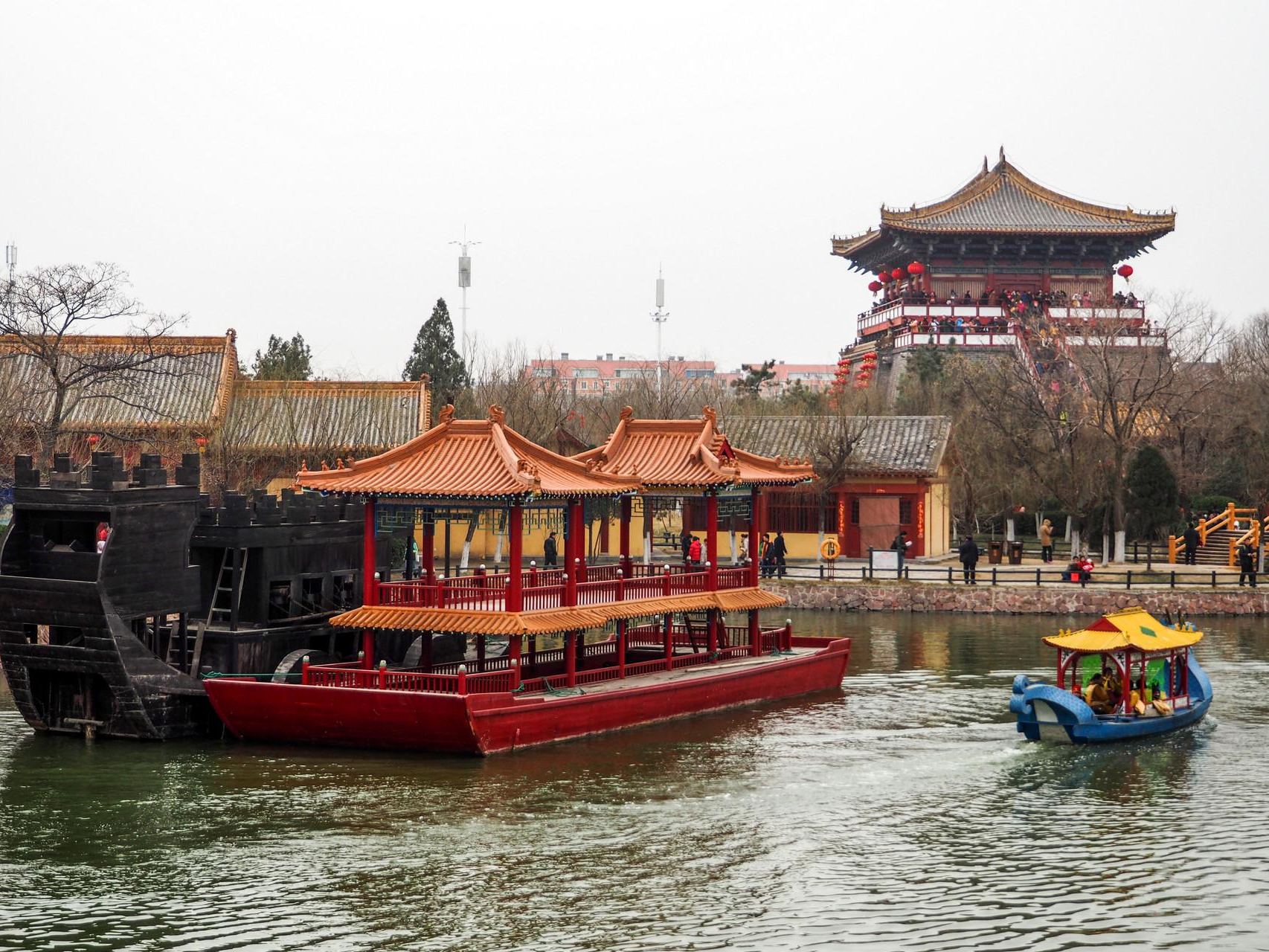
- The Song government made an important contribution to the fight against the plague.
When it comes to the Song Dynasty, many people's first impression is the tyrant dynasty with more money and weak soldiers. The Song dynasty government returned to the local tyrants, and never spent money when it came to spending money. Regardless of whether it was to raise civilians or to raise the fighting force to the point where the army was weak, they never saw the Song government distressed that flowing silver money.
The overwhelming expenditure of over three hundred years caused many people in future generations to complain about the Song Dynasty government spending money indiscriminately. However, in the voice of the tragedy, the Song Dynasty also left a bright spot recognized by later generations: that is, the Song Dynasty government with great courage to spend thousands of dollars in the medical field, to make an important contribution to fight the plague.
So, how much effort did the poor Song Dynasty make to prevent the plague?
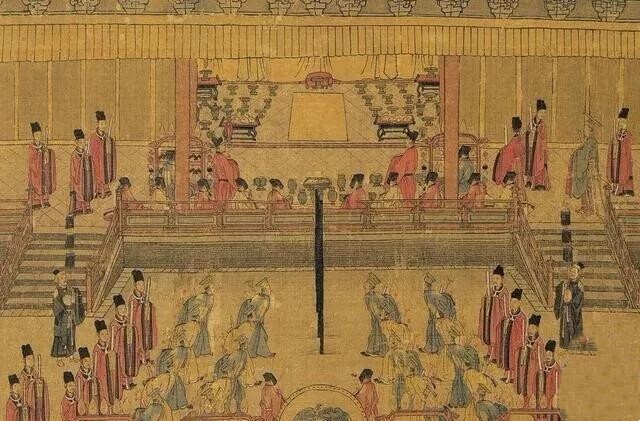
I. Epidemic
In ancient Chinese history, the Song Dynasty has always been a dynasty with a high incidence of plague. From 960 to 1127 alone, there were at least 59 years of epidemics.
After arriving south, the humid and warm climate in Jiangnan has contributed to the epidemic. According to the "Mengxi Bi Tan" records, in 1131 AD, the Zhejiang epidemic had no corpses; in 1142 and 1146, another outbreak occurred in Lin'an.
Before the Southern Song Dynasty breathed, a large-scale plague erupted again in Wenzhou, Zhejiang in 1151, and the victims were countless. In 1156, Lin'an again suffered from a "big epidemic", which caused the Southern Song Dynasty to scream in the sky, asking whether the high incidence of the plague was rampant.
In fact, the Song Dynasty was plagued not only by climatic reasons, but also by the economic and trade activities. In the Song Dynasty, the population expanded unprecedentedly, the commodity economy was highly developed, and urbanization was advancing at a high speed, which has continuously increased the density of urban population, which has led to metropolitan cities such as Jingjing, showing the prosperity in the "Picture of a River on the Qingming Festival".
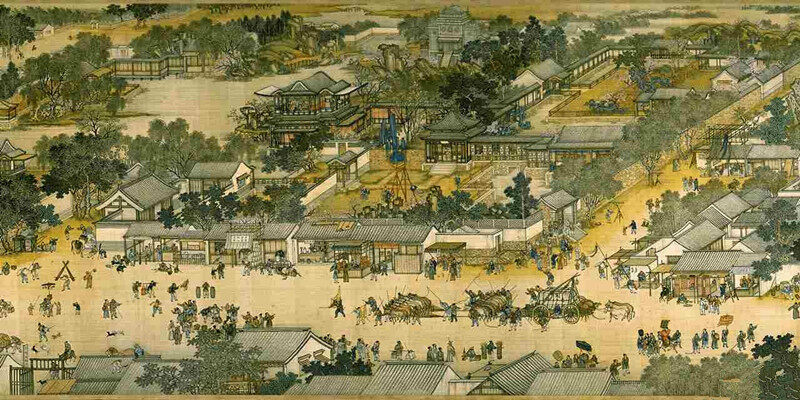
Although highly prosperous businesses have driven economic growth, they have also increased the pressure on urban epidemic prevention. For example, a densely populated city like Linjing Lin'an, once an epidemic situation occurs, it will easily spread and cause a pandemic that shocks the world.
Fortunately, the two Song dynasties had long regarded plague prevention as a compulsory daily course. Not only did they invest a lot of human and financial resources, they also kept thinking and summarizing, and pondered many great plague prevention and cure.
Second, the epidemic prevention
Among these big epidemic prevention measures, the public medical system with the characteristics of the Song Dynasty is second to none. The Song government, willing to spend money, decisively distributed medicines to the people for free when the outbreak occurred.
For example, in 1231, Pingjiang Prefecture suffered a spring epidemic, and Wu Yuan, the prefecture, sent medical officers to various places to inquire and apply medicine, which lasted for six months. When the famous poet Ye Mengde encountered an epidemic during his official career in Xu Chang, he even bought medicines to save people.
Coincidentally, when the writer Su Shi was the eunuch in Hangzhou, he also encountered an epidemic. To say that Su Shi is really interesting, not only provides medicine to the people, but also provides living materials such as rice.
While local officials in Song Dynasty relied on public medical care to help the people, the court was also thinking about how to improve the public medical system. In order to avoid the problem of insufficient official funds, the Song Dynasty government boldly adopted a mode of financial appropriation that was rare in the world at the time, and allocated some funds to the local governments every year as special funds for preventing and controlling plague.
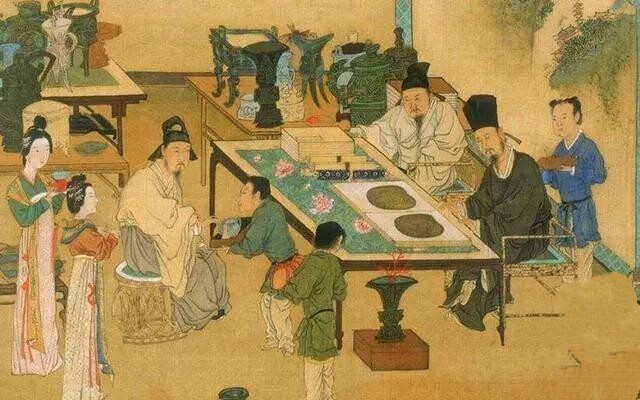
The government of the Song Dynasty knew that public health care was not enough to prevent the plague. So the Song Dynasty government continued to make moves, showing the trump card of strong execution when local officials prevented and controlled the plague.
Officials during the Song Dynasty can do anything, except for the prevention of epidemics. This is because the officials of the Song Dynasty were mostly children of Hanmen. They were well aware of the sufferings of the people and well aware of the dangers of the plague. The prevention and control of the plague is a high-voltage line in the officialdom of the Song Dynasty.
Therefore, throughout the Song Dynasty, whenever there was a plague, local officials always visited the affected area as soon as possible, and then mobilized various forces to actively treat the people.
For example, in the second year of Ming Dao, a famine caused by drought and locust disaster occurred in Guanzhong, Shaanxi. Fan Yong, a prefecture in Shaanxi Province, reduced his food and thought that before the people, the wealthy people were competing for financial assistance and official loans, and lived tens of thousands of people.
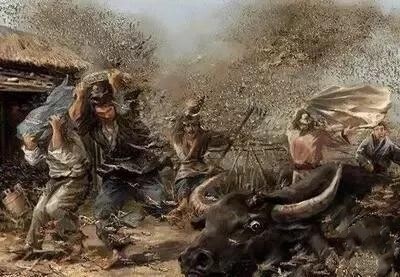
Also active in fighting the epidemic was Zeng Gong, a famous writer. In the nine years of Xining, the Jiangxi epidemic. At that time, Zeng Gong, who was under the jurisdiction of Hongzhou (Nanchang, Jiangxi Province) and Jiangnan West Road, was under the jurisdiction of the soldiers and horses of Jiangnan West Road. The official residence, with its food, drink and clothes, is divided into medical inspections, and the total loss of the book is the most. "
Actively preparing medicines, taking care of the military and civilians who cannot live, subsidizing food and clothing for the people, and sending medical officers to treat diseases are the best notes for Zeng Gongshou Tu Anmin.
In addition to applying medicine and visiting medicine, and visiting the epidemic area, officials of the Song Dynasty also distributed money and food to the patients, helped the poor to survive the epidemic.
In the second year of Yuanfeng, an outbreak occurred in Xishu. Chengdu Fulu transshipment made Li Zhichun order to take out six thousand Dendrobium official rice to help the sick. In the ten years of Jiading, Zhongjiang County, Qichuanfu Road encountered a pandemic. Zhongjiang County ’s Wei Deng Yingwu also provided food and medicine to the people, and even donated his own salary.
In order to better help the people and overcome the epidemic as soon as possible, officials of the Song Dynasty also set up a sickness workshop with great vision to isolate patients in time to prevent infection.
In fact, the medical knowledge of Song Dynasty officials did not only know how to prevent infection. As early as the plague, some Song Dynasty officials began to collect famous prescriptions, write medical books, and popularize practical and effective scientific epidemic prevention methods for the people.
In addition, Song officials were aware of the impact of the environment on the plague early on. During the two years of the main road, a plague occurred in Nanchang, Jiangxi. The bachelor of Zhiluoge and Zhilongxing ’s Nanchong Road in Zhilongxing Prefecture appeased Wusong to dredge the mud-filled drainage ditch and maintain a clean and dry environment so that patients can recover soon.
Third, the official pharmacy
At the time when all Song Dynasty officials were firing on their firepower and fighting against the plague with super strong execution power, the Song Dynasty government silently gave their support behind it, and took out another high-level tactic to prevent the plague—the government-run drug bureau.
Adhering to the tenet of "saving the people, providing benefits", the government of the Song Dynasty set up government-run pharmacies such as the cooked medicine institute, the Huimin Bureau, and the Pharmacy Bureau to provide people with free medicines during disaster relief.
In the first year of Song Xiaozong's Longxing, the epidemic situation appeared in Lianghuai, and the court immediately asked the Peace Preparation Bureau to prepare 40,000 sticks of medicines and sent them to the frontline of the epidemic. In the fourteenth year of Chunxi, an outbreak occurred in Lin'an. At this time, the Hezuo Bureau quickly provided decoctions and treated hundreds of people.
It can be said that with the government-run pharmaceutical bureau, the Song Dynasty government implemented standardized management of drug procurement, production, and distribution, which not only ensured the supply of drugs during the epidemic, followed up with medical resources, but also promoted the development of the Chinese medicine industry and promoted In addition, the medical exchanges and trades among various ethnic groups have been completed.
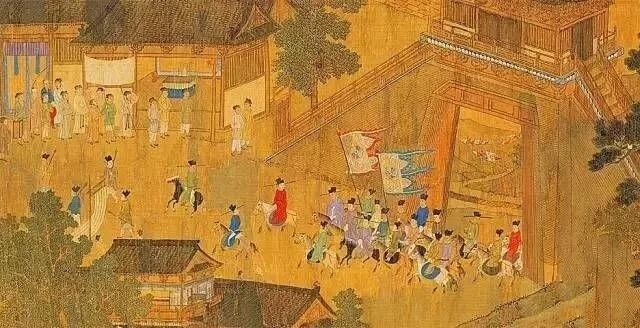
At the same time, the emergence of government-run pharmacies has enabled people in remote areas to access medical resources, which has a positive significance in reducing the mortality rate of the epidemic. Perhaps because of the benefit of the government-run pharmacy, the dynasties of the Yuan, Ming, and Qing Dynasties inherited this system, allowing the government-run pharmacy to continue to benefit the people.
The poor and weak Song Dynasty thus made an important contribution to the fight against the plague. The attitude of the Song Dynasty and subsequent dynasties to actively fight against the epidemic also silently told people that the health of the people is always the most important thing in a dynasty. Editor / Zhao Yongjing
Comment
 Praise
Praise
 Collect
Collect
 Comment
Comment
 Search
Search



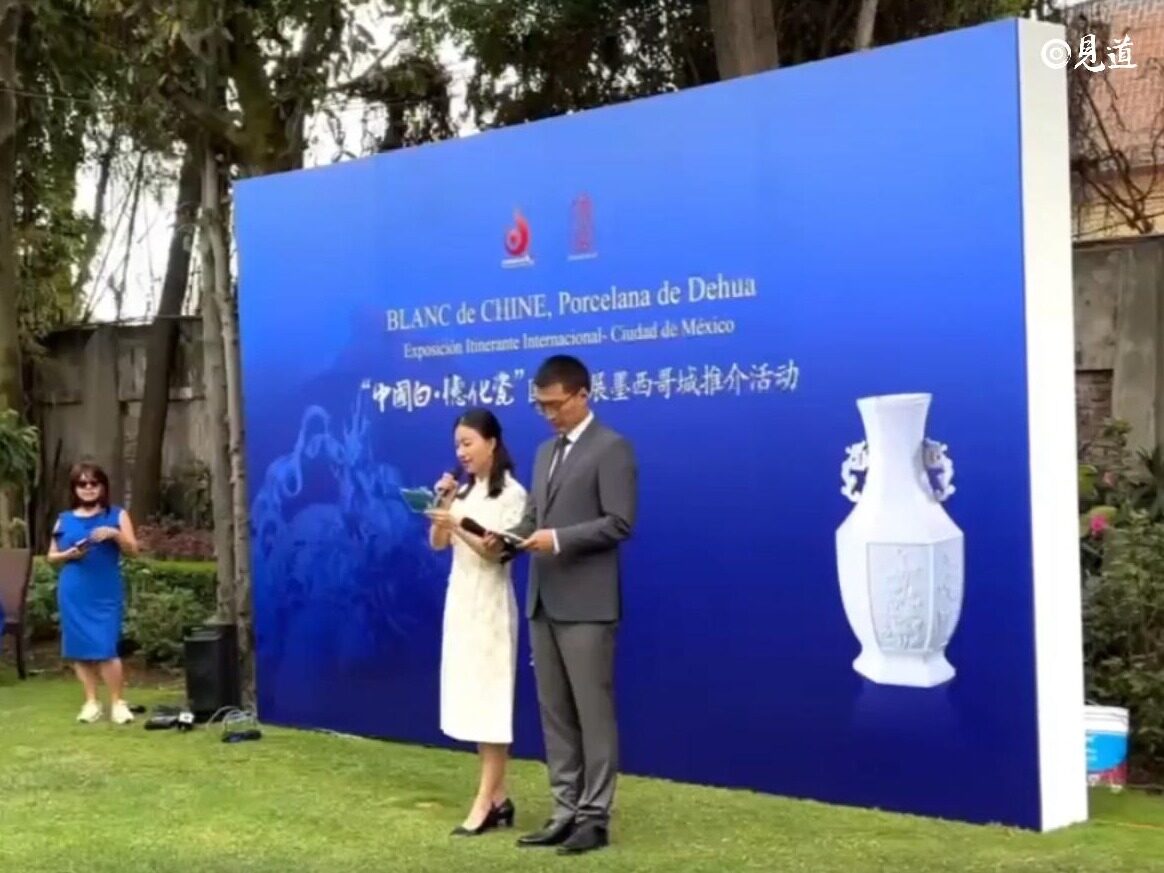

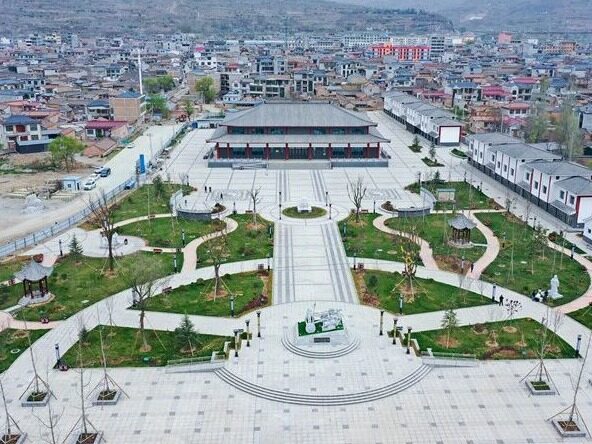
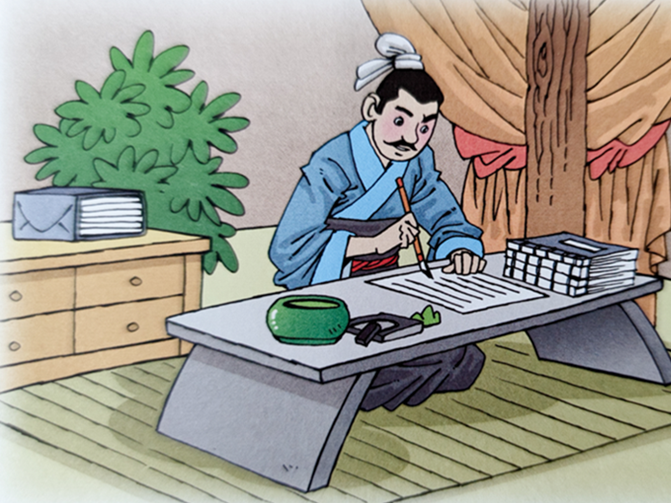
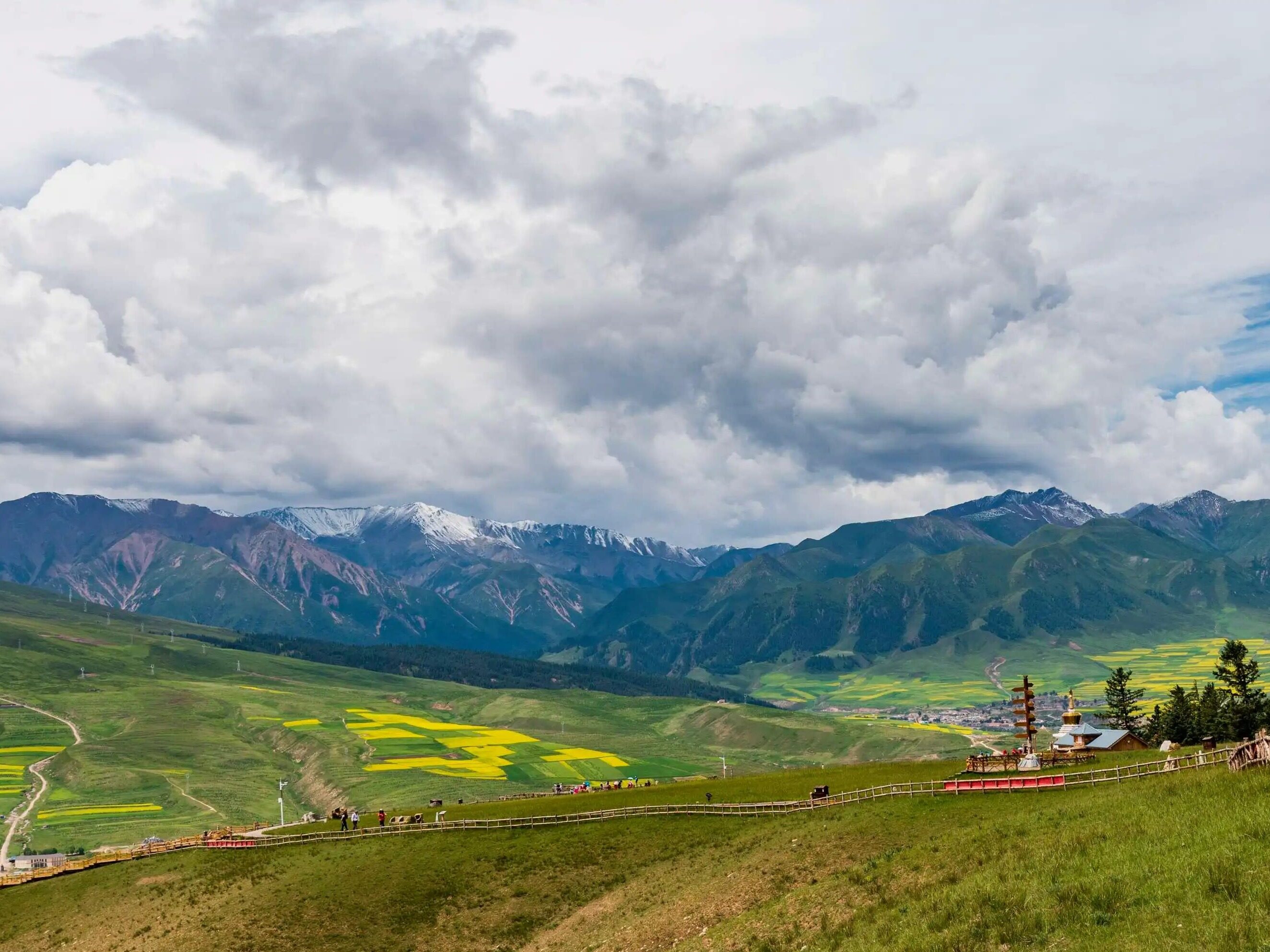






Write something~